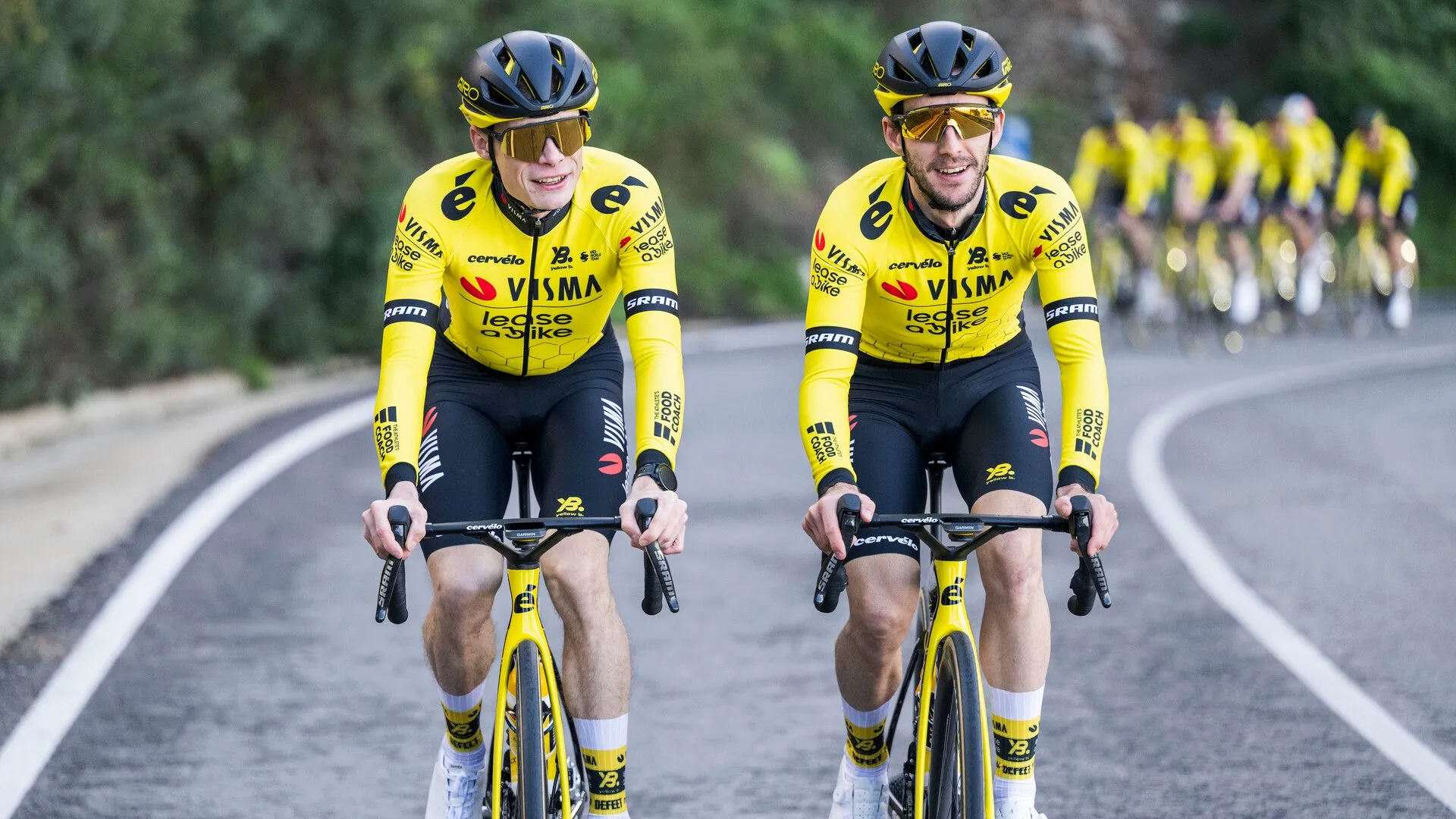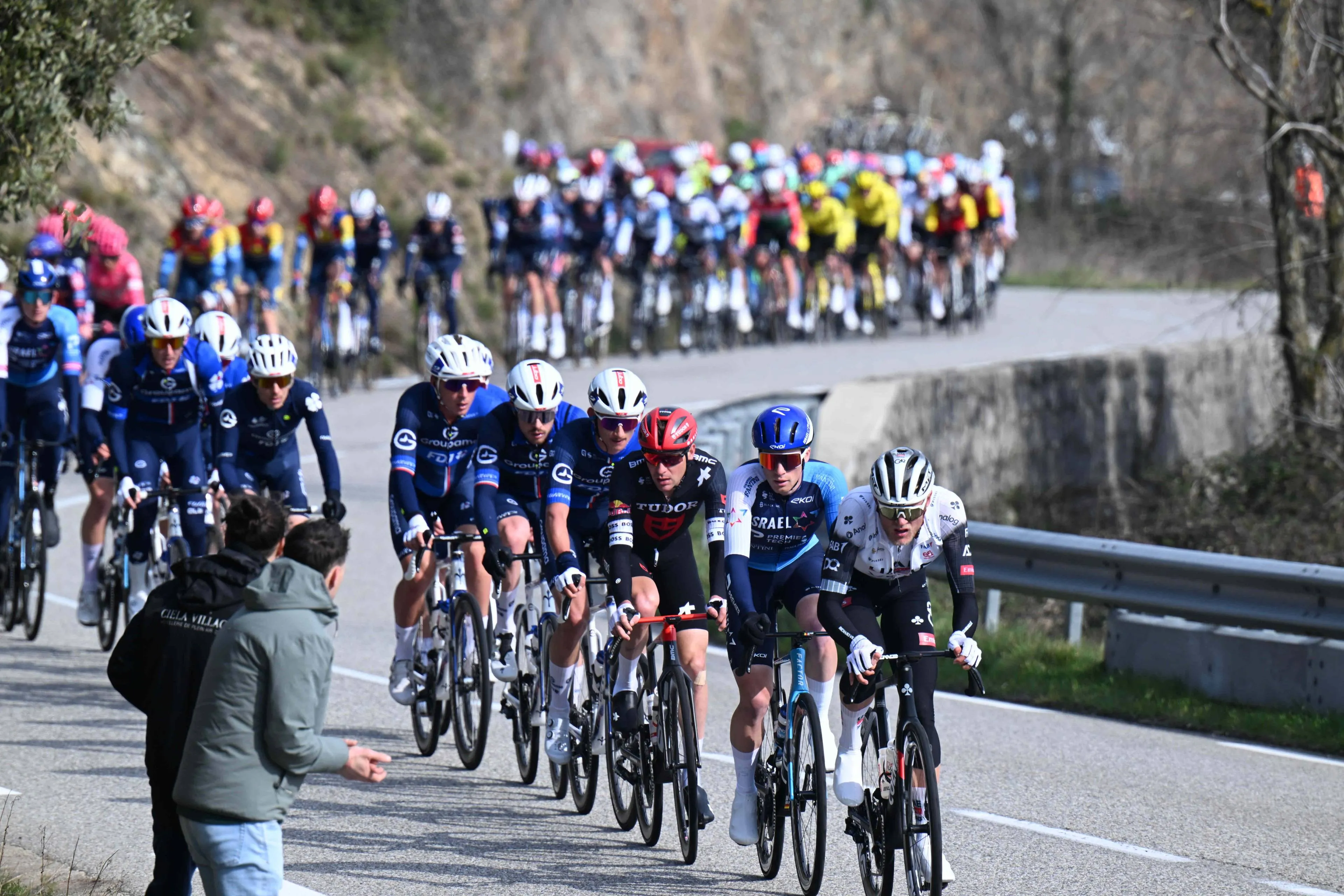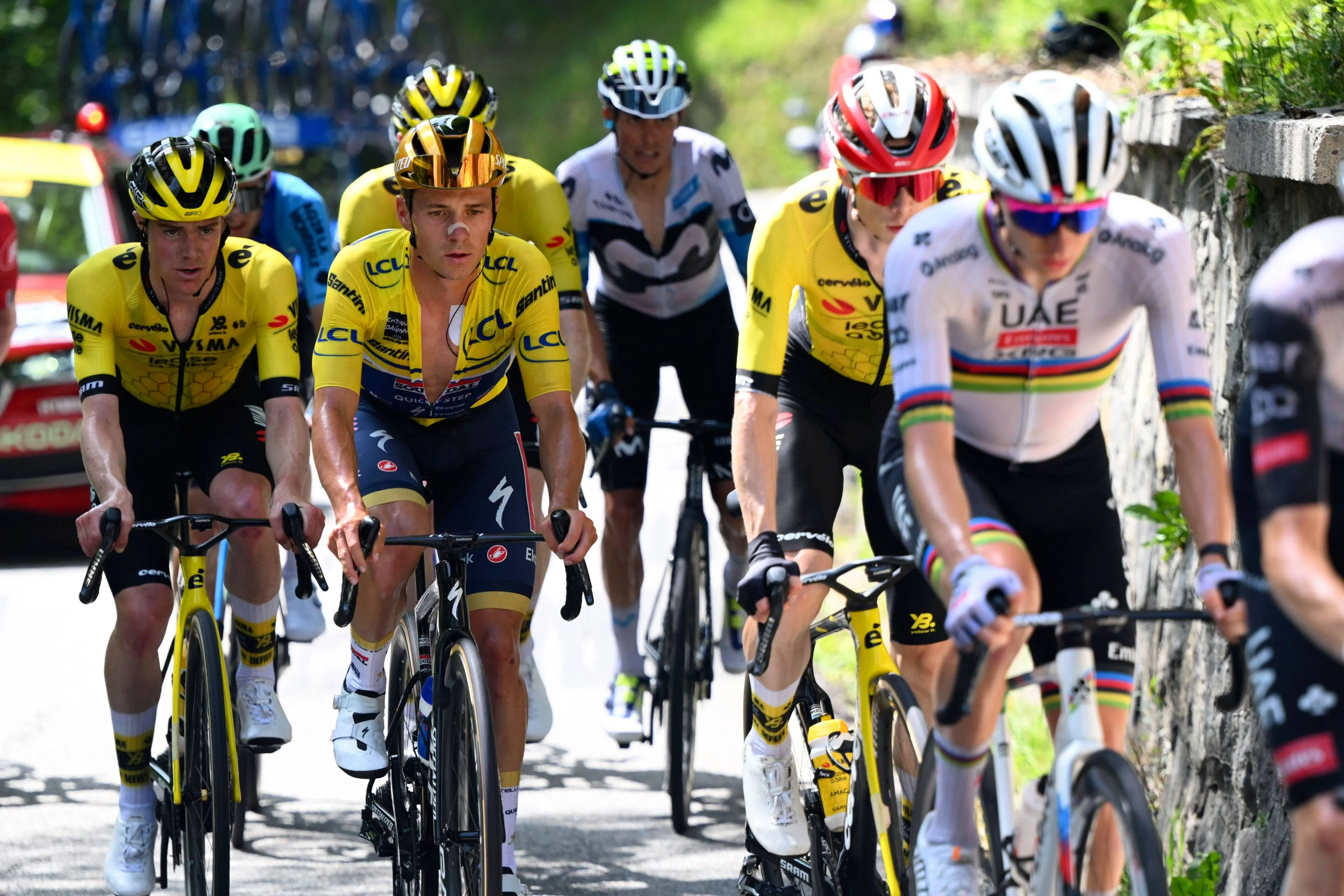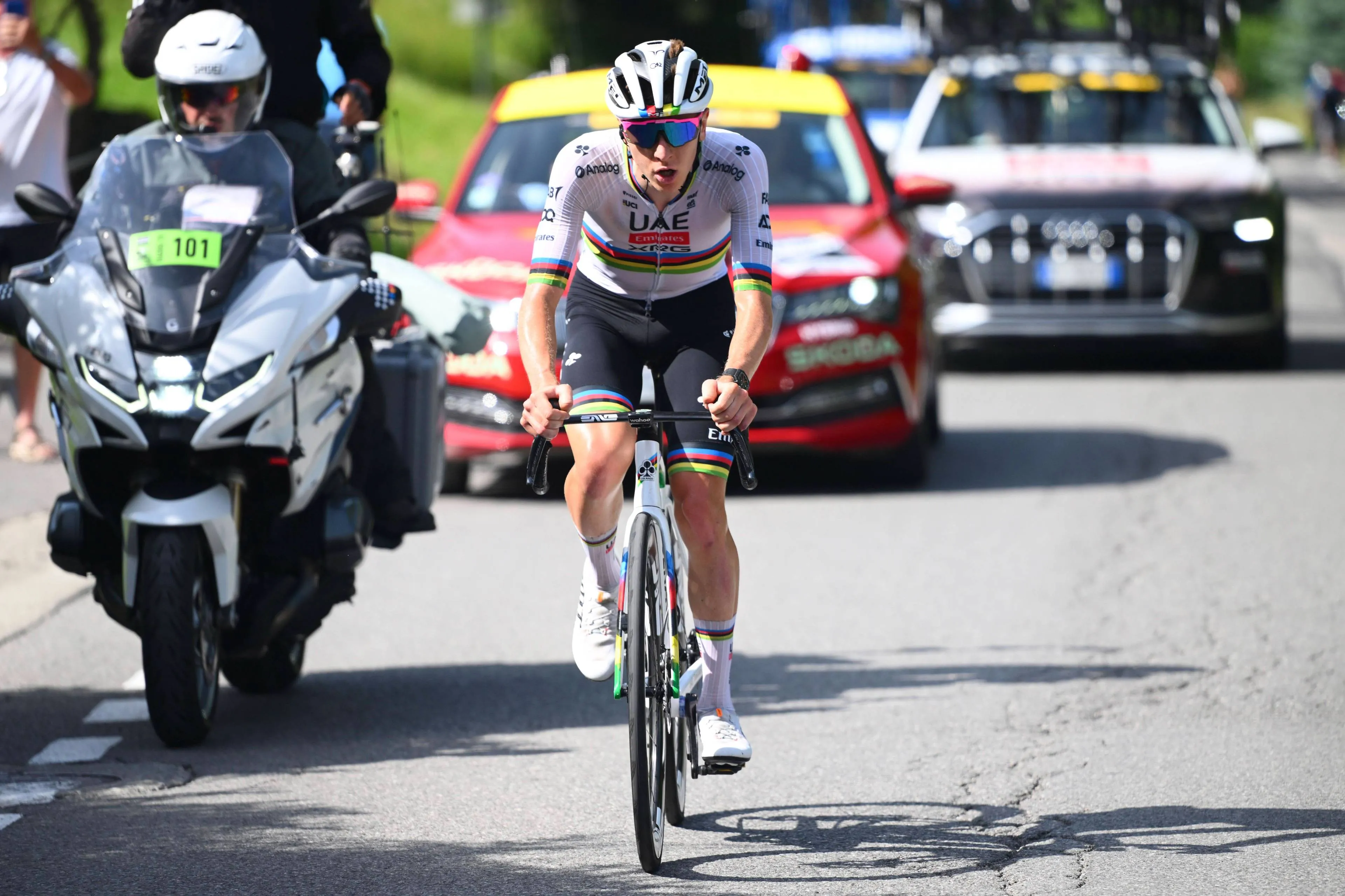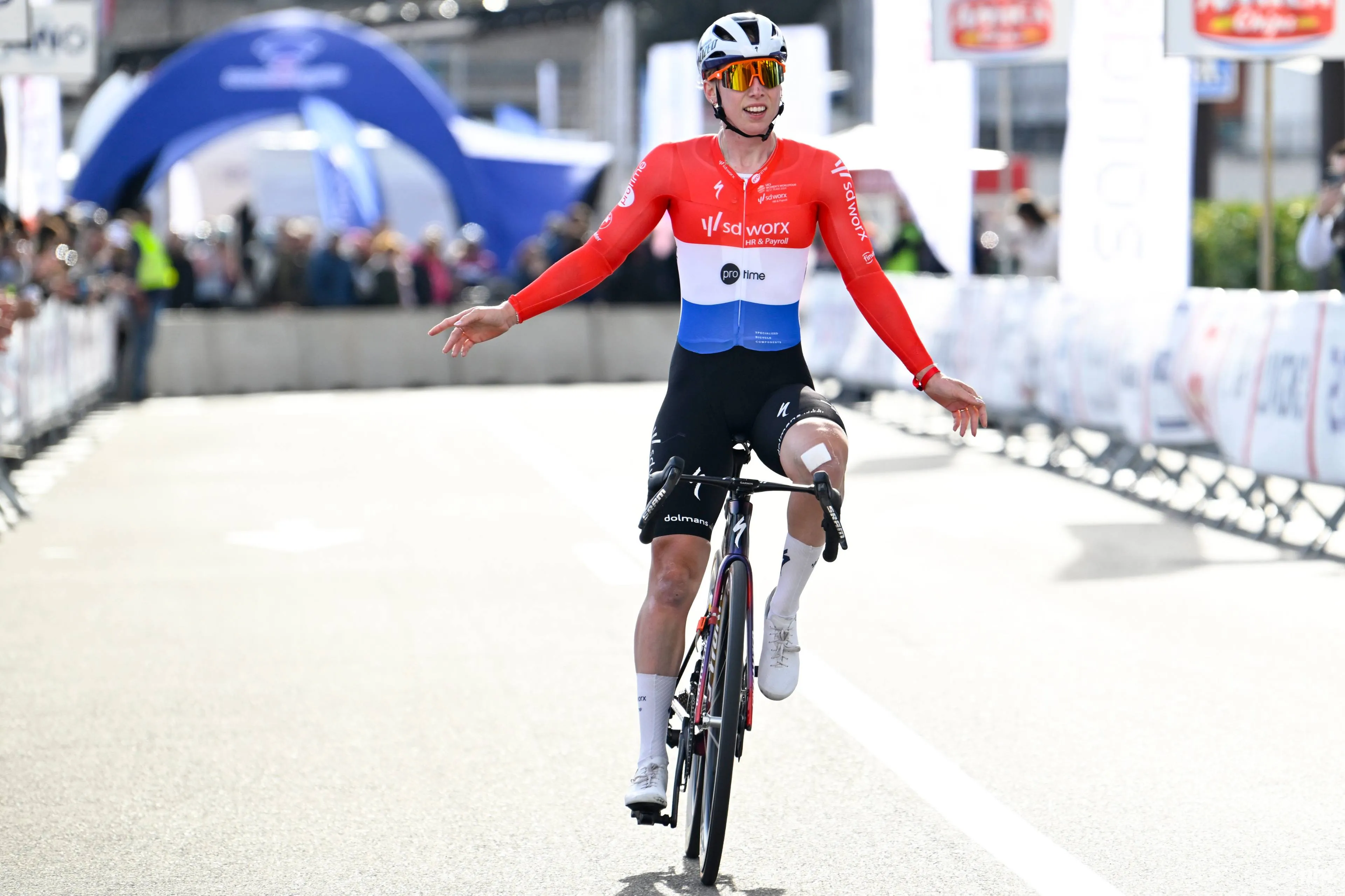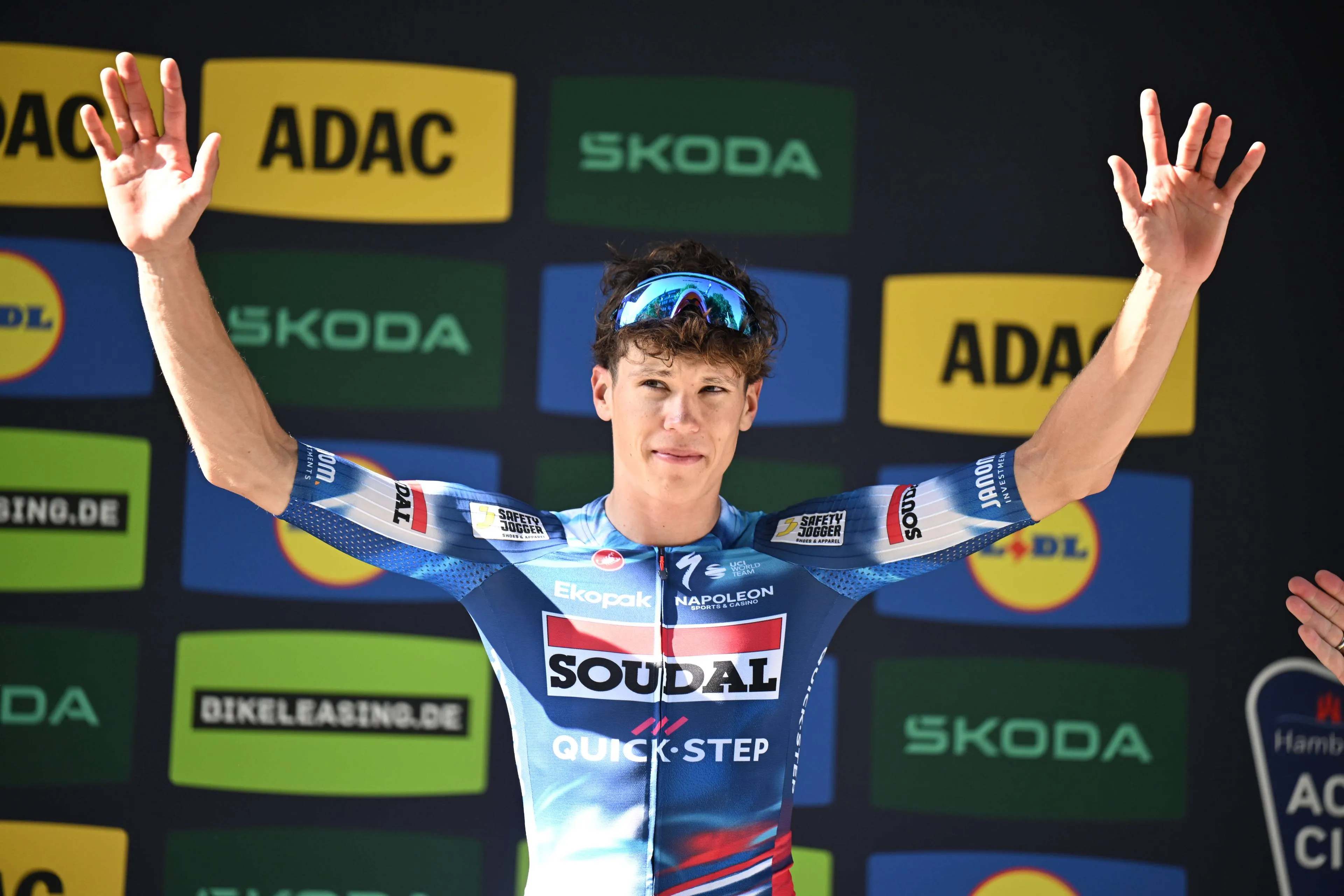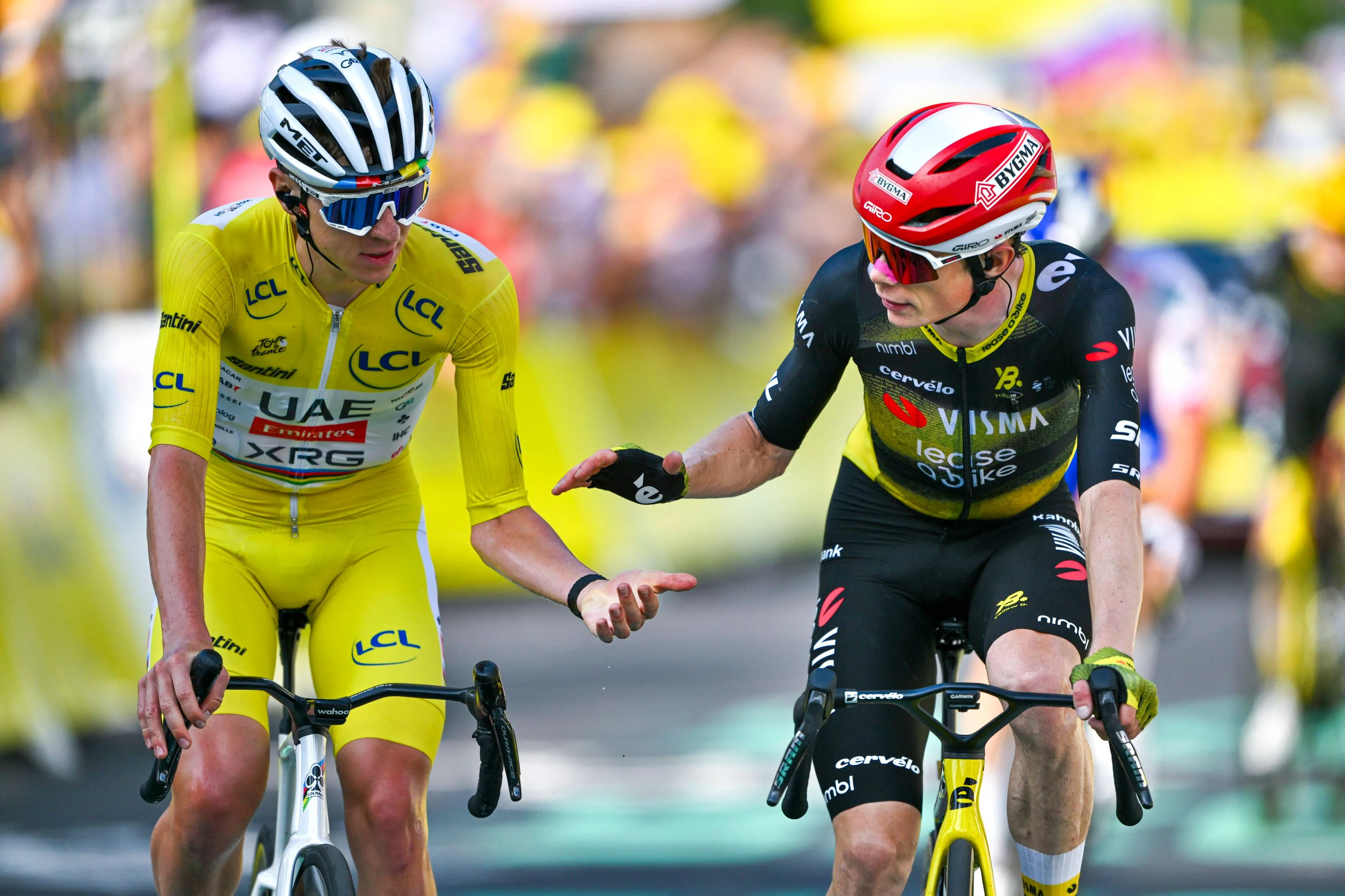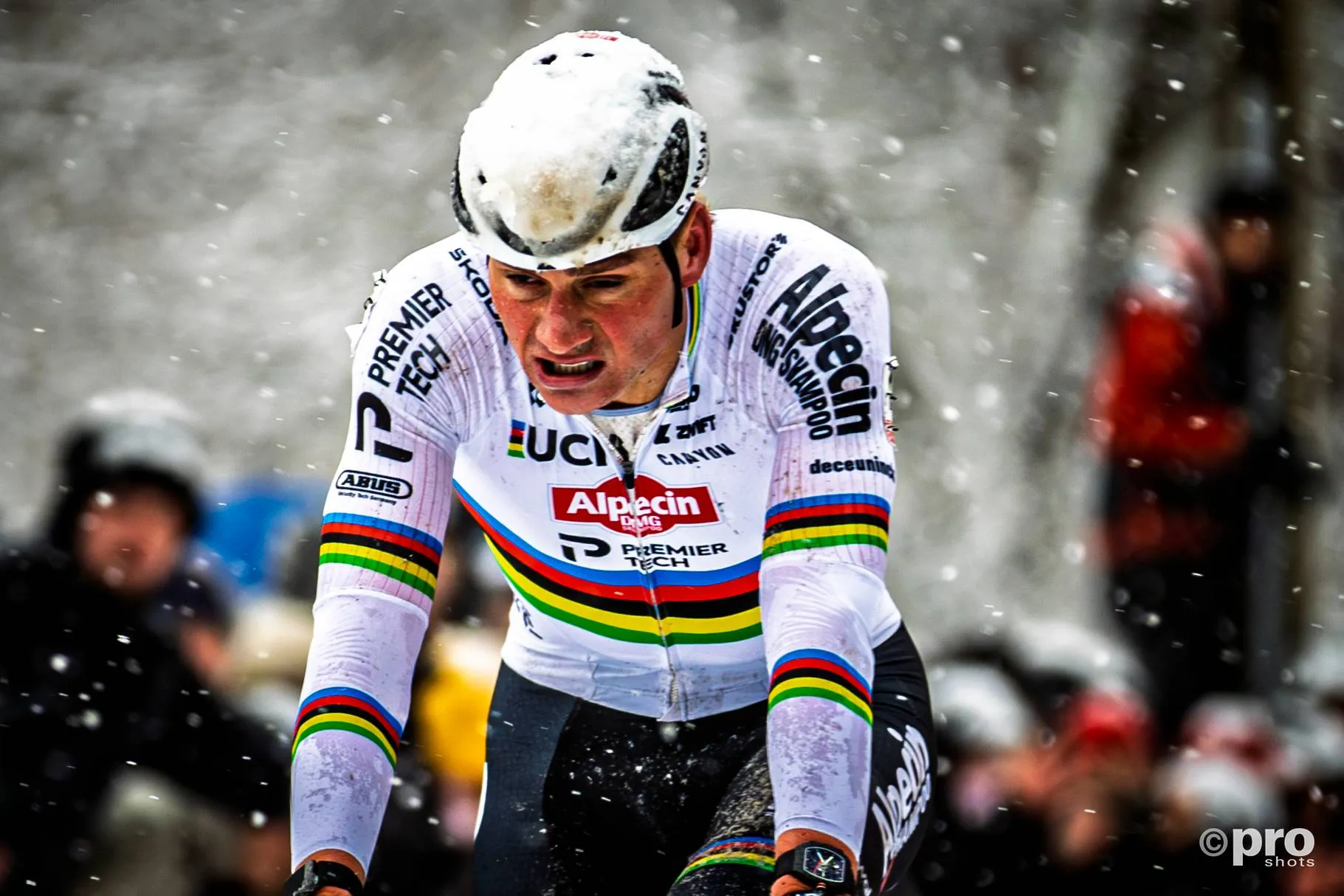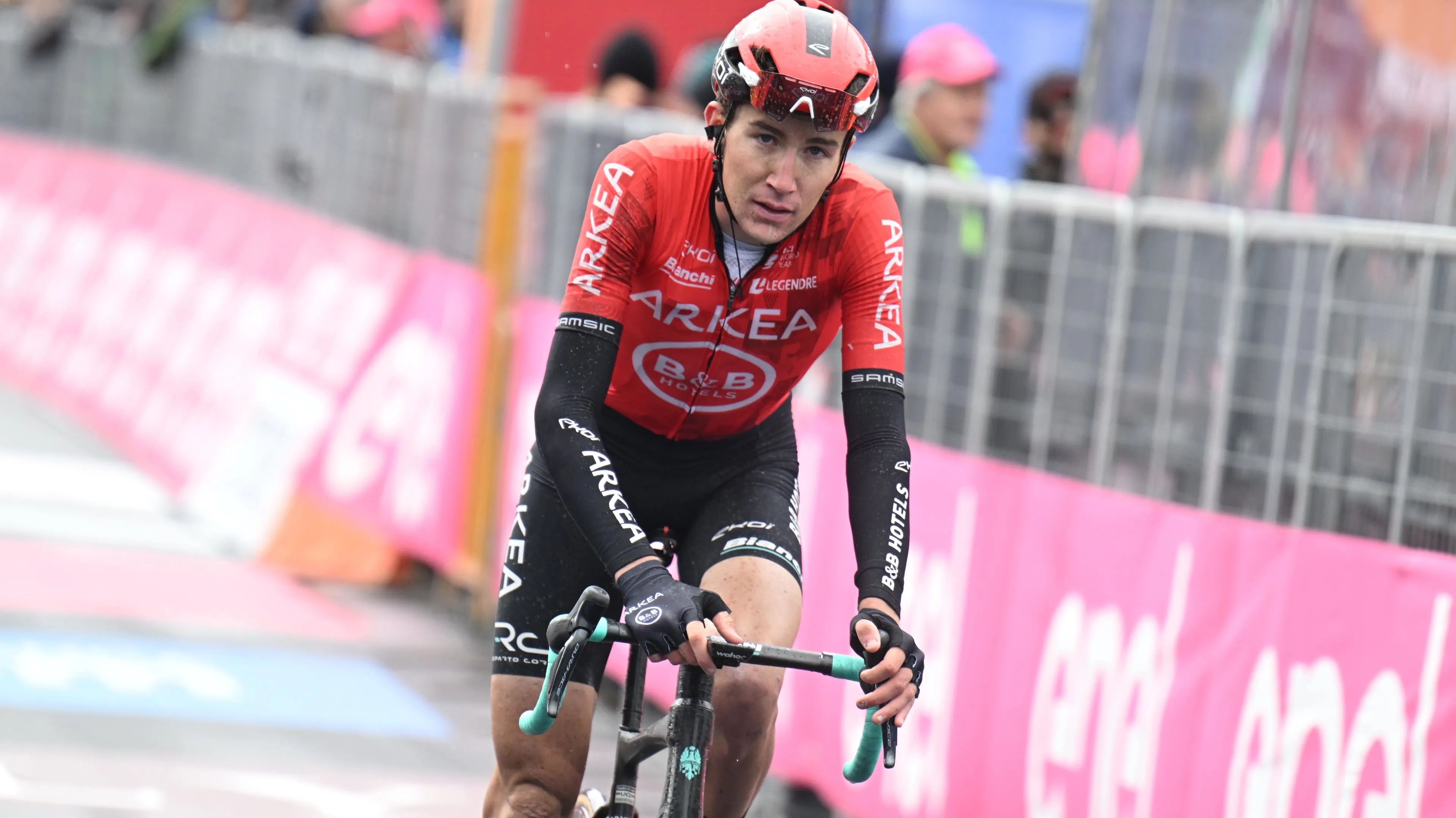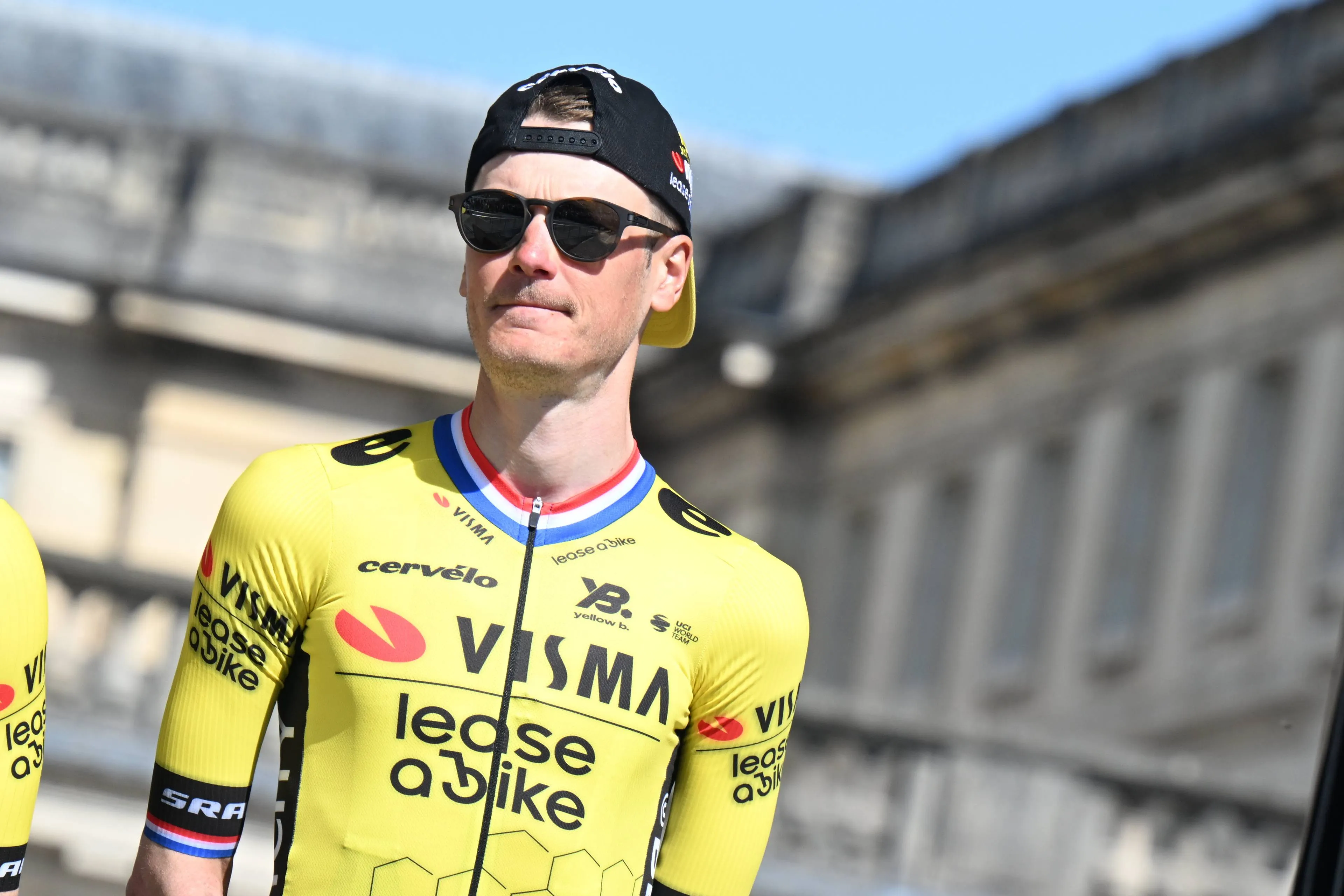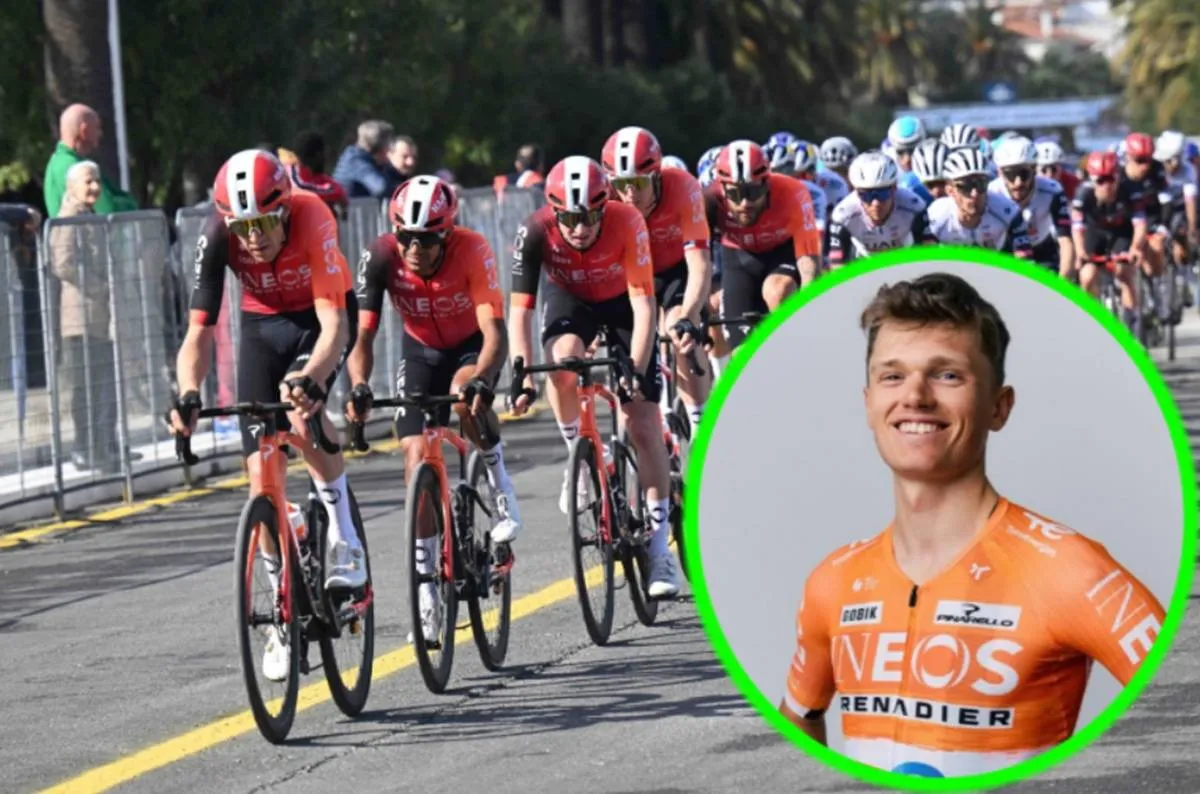“My gut feeling told me that Tim deserved it” – Coorevits explores the long road to glory of Tim Merlier
CyclingFriday, 20 June 2025 at 14:00
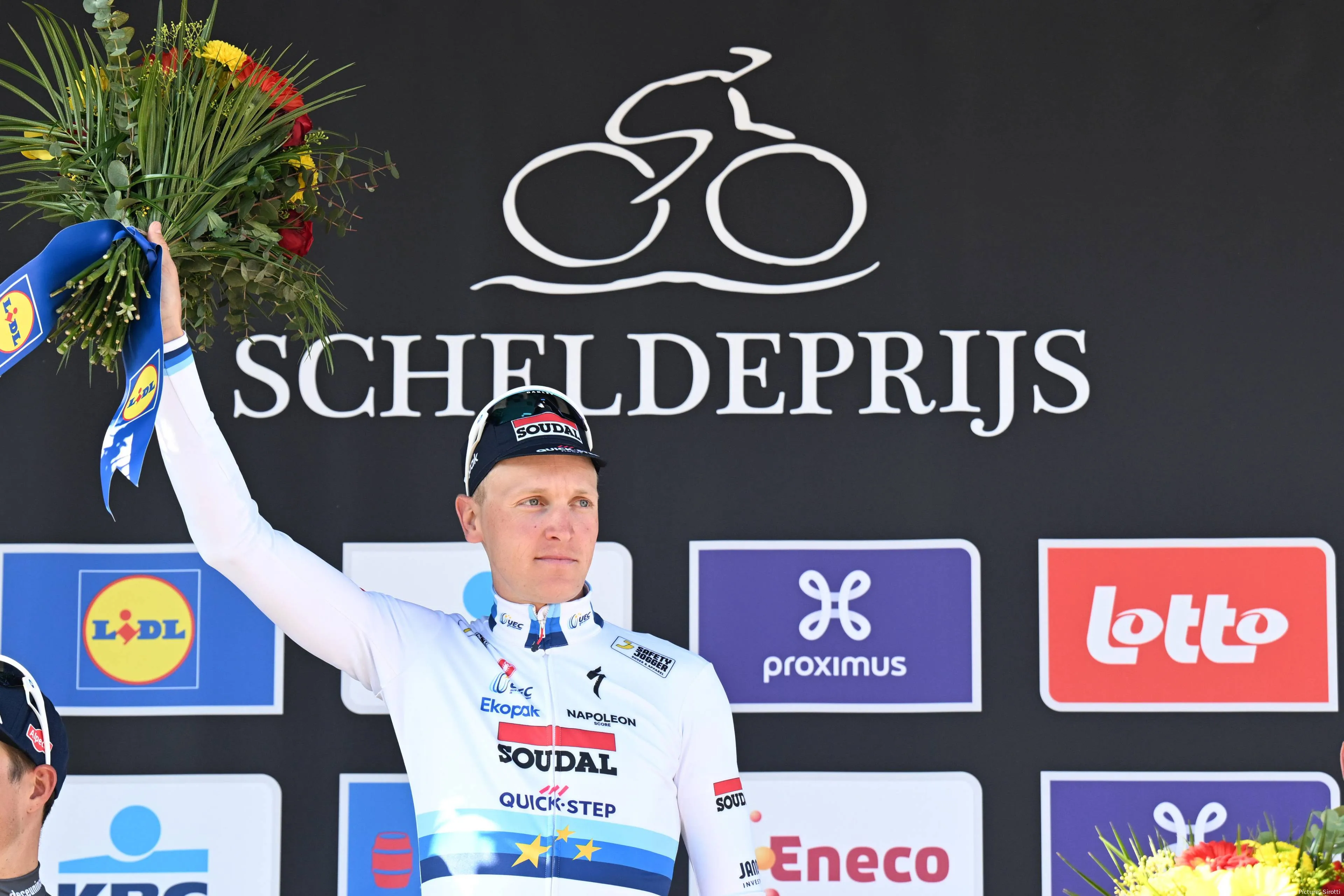
Tim Merlier has made a habit of defying expectations. On
Wednesday, the 32-year-old Belgian won the opening stage of the Baloise Belgium
Tour, and now heads to the Tour de France next month with Soudal – Quick-Step,
where he’ll co-lead alongside Remco Evenepoel and fight for sprint glory. It’s
a belated second chance at the Tour after a single appearance in 2021, when he
won a chaotic stage in Pontivy. The opportunity has been a long time coming.
Belgian journalist Hugo Coorevits reflected in Wielerflits
on just how unlikely Merlier’s journey has been. “The road to the world top was
long and unpredictable. Six years ago he was still riding kermis races in a
black jersey, ignored by professional teams.” That Merlier is now on the start
list for cycling’s biggest race is the product of both quiet persistence and
the loyalty of a few key believers.
Read also
One of those believers was Mario De Clercq, former
cyclocross world champion and the man who never gave up on Merlier even when
nobody else was watching. “For years he tried to sell Merlier, but without
success,” Coorevits wrote. “I already knew how fast he was when he was in the
U23s,” De Clercq recalled. “His first meters are phenomenal. Anyone who is not
on his wheel immediately loses two bike lengths.”
Eventually, Christoph Roodhooft gave Merlier a shot at
Corendon-Circus, then a modest Continental team headlined by Mathieu van der
Poel. Three weeks later, Merlier claimed the Belgian national title in Ghent,
outsprinting both Timothy Dupont and his friend Wout van Aert. It was a
breakthrough, but not the start of a dream trajectory.
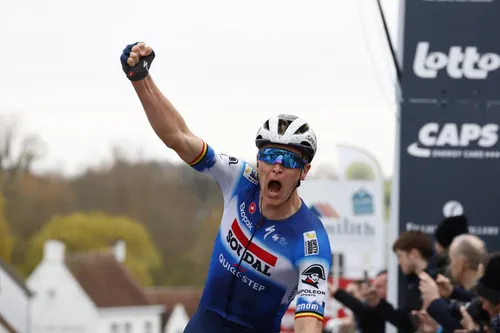
Merlier has arguably been the fastest sprinter in 2025
Instead, the team’s focus shifted to Jasper Philipsen, five
years younger and seen as the future. Merlier still won, including that 2021
Tour de France stage, but by 2022 the writing was on the wall.
Alpecin–Deceuninck backed Philipsen; Merlier was edged aside. Not to say that
Philipsen wasn’t the right move, given he and Van der Poel have formed a
formidable partnership, but it meant that for some time we didn’t get to see
the best of Merlier.
Enter Patrick Lefevere. With Mark Cavendish departing,
Soudal – Quick-Step needed a proven finisher. Merlier was that man. And in the
Quick-Step setup, famously intense, but also loyal, he flourished. “Within
Soudal – Quick-Step he grew into a leader and mood maker,” Coorevits wrote.
Though shy in front of cameras, Merlier found his place within the team’s inner
circle. “With Patrick Lefevere he is finally at home.”
That home won’t afford him the same luxury enjoyed by rivals
like Milan or Philipsen, Merlier won’t have a dominant sprint train (or simply
Van der Poel) pulling for him. But he never has. “Merlier is also a champion
who needs little,” Coorevits pointed out. It’s part of what makes his style so
direct: position well, unleash early, and hope your opening jump is enough.
Read also
This summer’s Tour will provide a fascinating benchmark. The
first stage is flat, a rare sprinters’ opportunity to wear yellow. Merlier will
face Milan, Philipsen, and Biniam Girmay in the battle for that honour on the opening
stage.
But beyond that immediate contest, Merlier’s selection
carries symbolic weight. His is a career that unfolded in reverse, ignored in
his prime years, never an academy prodigy, and repeatedly underestimated.
“Merlier’s remarkable career is also a lesson for all team managers, scouts and
scientists who judge young riders based on wattages and other data,” said De
Clercq. “My gut feeling told me that Tim deserved it. Fortunately, Christoph
Roodhooft gave him that chance.”
The question is can Merlier now enjoy the Tour de France
campaign his superb 2025 deserves?
Read also
claps 1visitors 1
Just in
Popular news
Latest comments
- Usyk vs Fury- One quiet, one loudabstractengineer10-01-2026
- Are you disputing the Covid?Mistermaumau10-01-2026
- Why? Manchester U never did.Mistermaumau10-01-2026
- Rather stay in Denmark and pay taxes..that says a lot about him. Not many would do that, myself included.Santiago10-01-2026
- i prefer peace, quiet AND money !
 ChillingCyclist10-01-2026
ChillingCyclist10-01-2026 - I'm a big fan, and I'd really like to see him do well. But, I would also like to see him retire at the end of 2026.JoeyB10-01-2026
- Jonas has a completely different personality than Pogi. Pogi can handle the pressure on all terrains. Pogi also loves his peace and quiet. And by the way, you can have your Casio watch. I will take several of the Richard Mille watches. Pogi is charismatic and humble, and always thanks his teammates for everything they sacrifice for him. Jonas probably does the same, but is much more private. Both are great, great riders, and I can't wait for The Tour De France this year! We are going over for two weeks. Go Pogi!
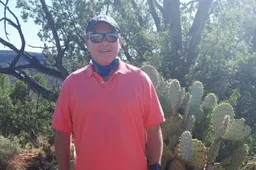 QPSQUANTUM10-01-2026
QPSQUANTUM10-01-2026 - That's a lotta cash. He better live up to potential.mobk09-01-2026
- they be stupid Ineosabstractengineer09-01-2026
- Wow, sad and unlucky indeed if he can’t even cycle recreationally as a result of this.mobk09-01-2026
Loading
Write a comment
